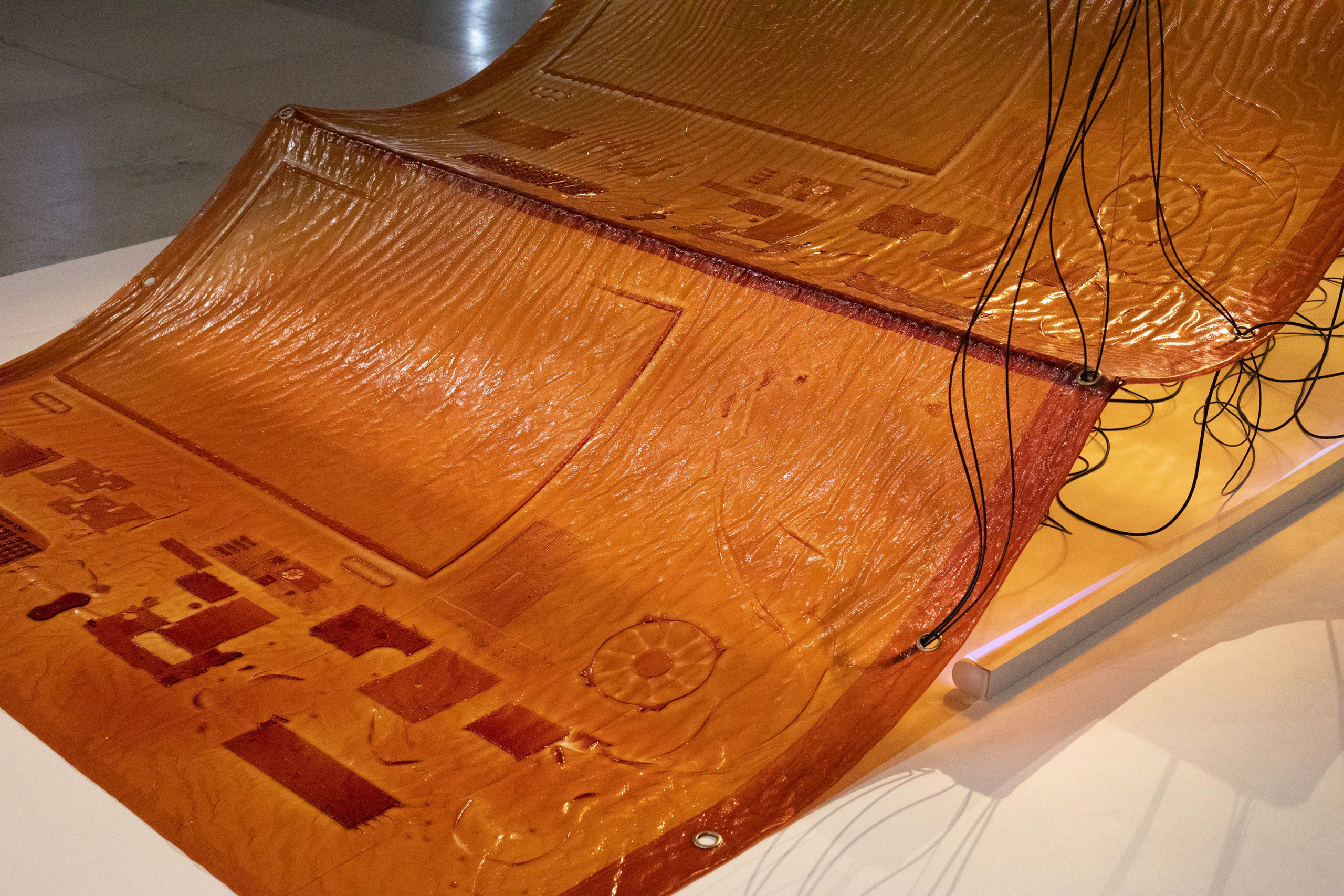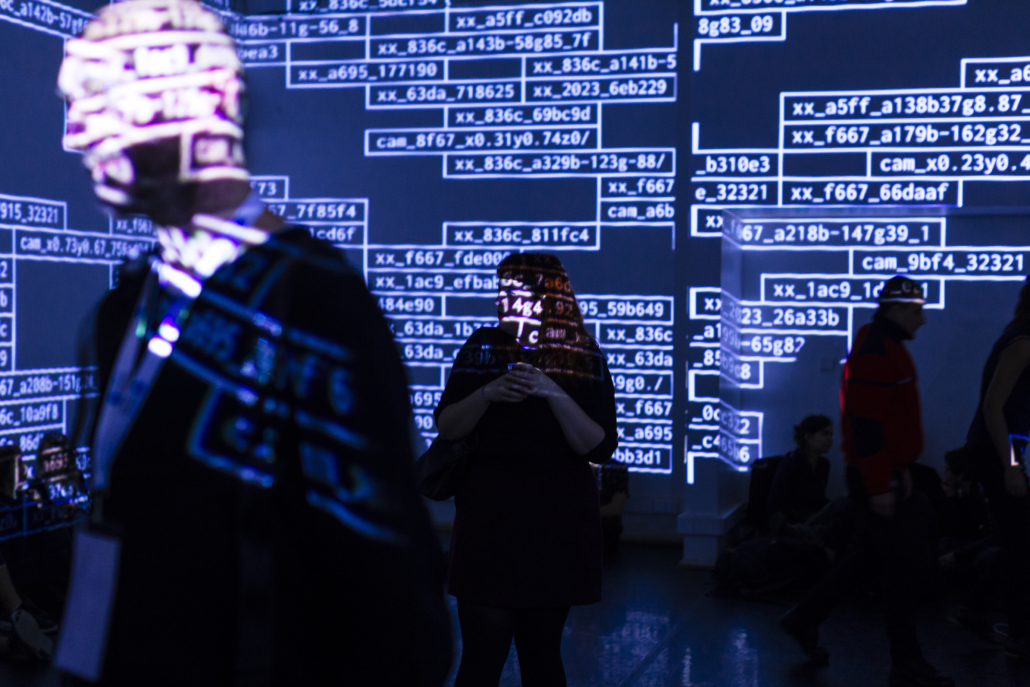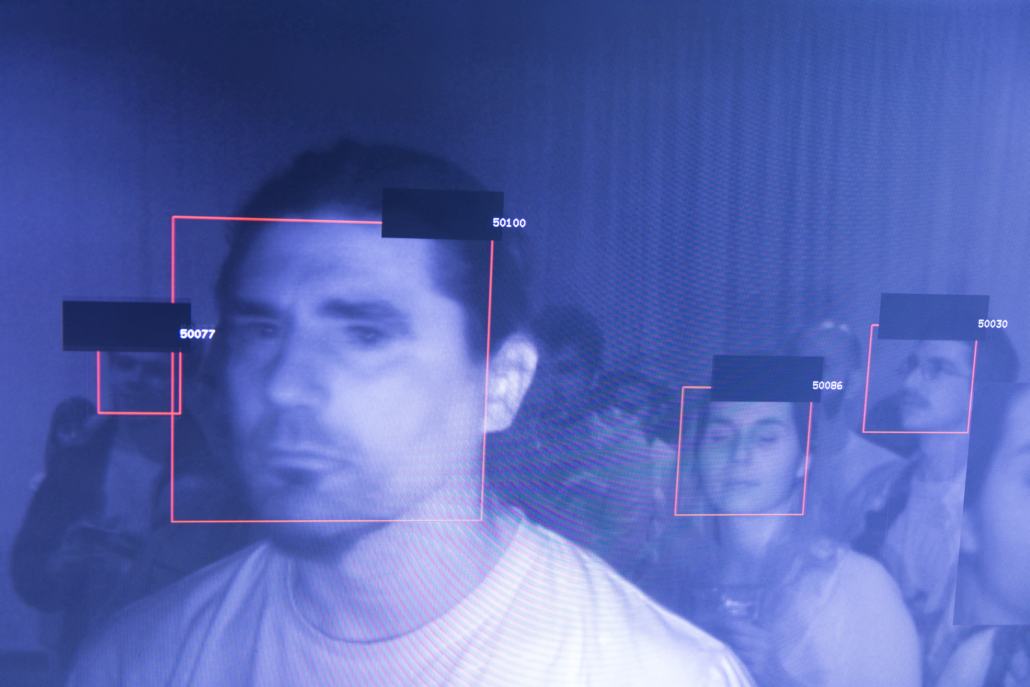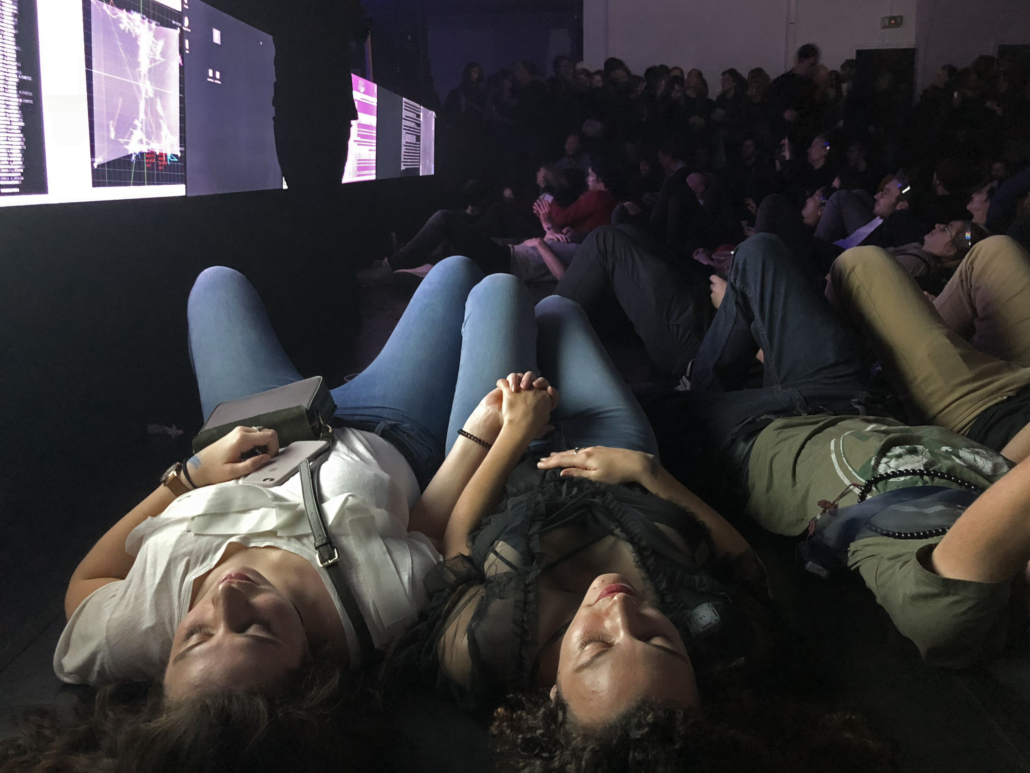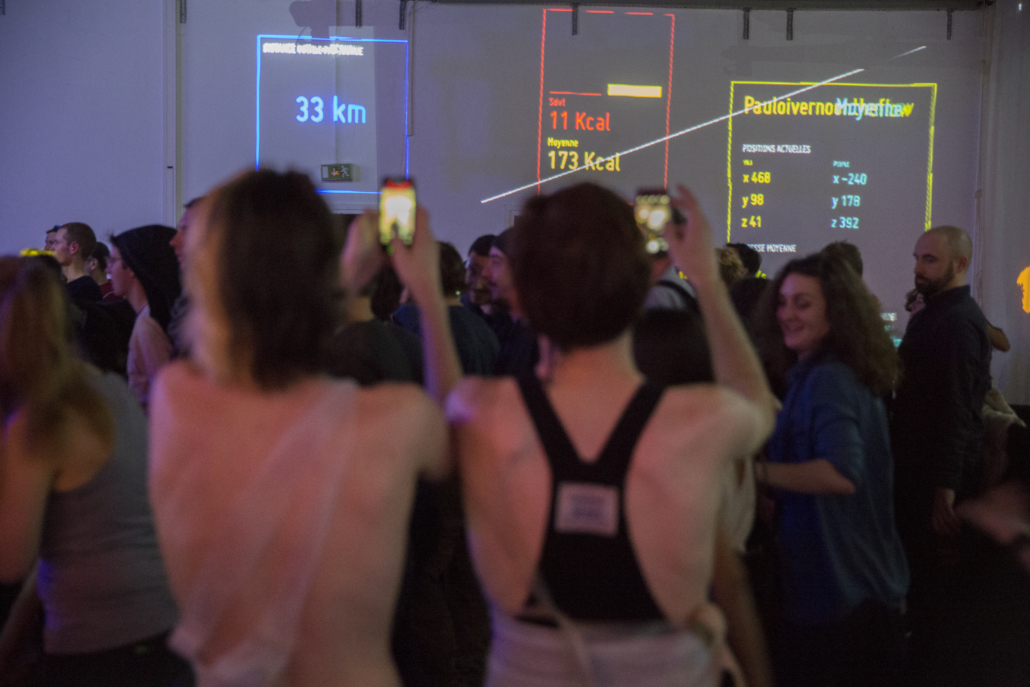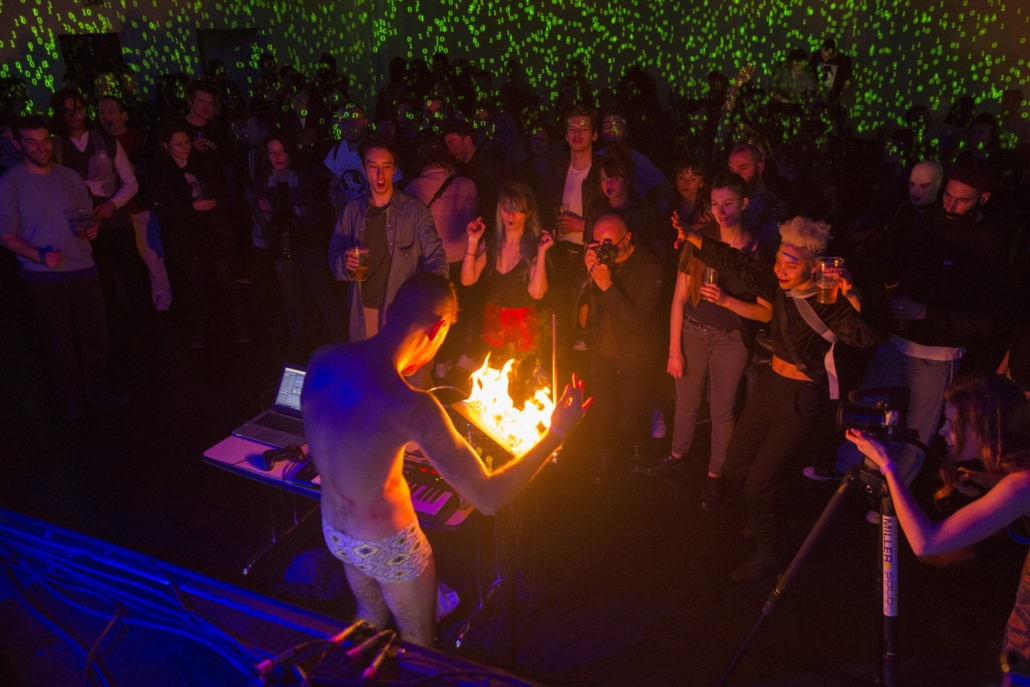Data Scape
To sensitize the conditions of our digital environment.
Big data, machine learning, cloud, IoT, pervasive computing… data, coupled with algorithms, are everywhere. This profusion is creating a new landscape, but it seems difficult to grasp: it even seems to evade our senses, so much so does it like to present itself as immaterial. However, these media forms rely on very tangible infrastructure that are increasingly energy-intensive and intrusive, a sign of both ecological and ethical problems.
So, how and why should we implement these data and their software and hardware systems? And how can we seek to reduce their ecological and ethical impact and—at the same time—reveal these too often hidden dimensions?
Fossilation
Joint production of EnsadLab, Concordia University of Montreal (Hexagram network, Milieux Institute and its Biolab) and the University of Toronto Mississauga | 2021
This production, at the crossroads of design, art, techno-science, and media studies, presents a bioplastic membrane as a fossil of our era. It’s fed by a device for capturing residual energy from the building, in interaction with light. The counter-form of the set of bare components (flat screen, cables, computer and its peripherals) is printed onto matter itself, to be reanimated on the spot, with unstable lighting whose variations reflect the capture of residual energies of the exhibition site (the Centre Pompidou).
A project by: Brice Ammar-Khodja, Alexandra Bachmayer, Samuel Bianchini, Marie-Pier Boucher, Didier Bouchon, Maria Chekhanovich, Matthew Halpenny, Alice Jarry, Raphaëlle Kerbrat, Annie Leuridan, Vanessa Mardirossian, Asa Perlman, Philippe Vandal, and Lucile Vareilles.
“Fossilation” was presented as part of the “Matières d’image” (“Matters of Image”) exhibit at the 2021 Hors Pistes Festival at the Centre Pompidou on the theme of “the ecology of images.” It was a core aspect of the “Reprise de vues” (“Retake”) publicization system during the 2021 Night of Ideas.
Prendre vie(s)
Samuel Bianchini | 2020
How might a photograph learn to become a movie? How might a still image become a moving image and find itself “a future”?
Still or animated? While the status of the image constituting this work is uncertain, and even under tension, it nevertheless represents an explicit subject: a view of a multidenominational military cemetery. On a large screen, in very high definition, one would expect to see a photo, but it is in fact animated, from the inside, in its very “matter.” Its pixels are put into movement by artificial-life and machine-learning algorithms. The image comes to life, returning to the first and fundamental meaning of animation—because “to animate” means above all “to give life.”
Find out more
Discontrol Party
Interactive party system designed and directed by Samuel Bianchini | 2009–2018
The Discontrol Party brings together two worlds: the world of the most advanced surveillance technologies and the world of parties. The dance floor/live-music venue/performance space will appear in the dual spotlight of a partying event and a powerful computerized control system.
The nightclub is thus set up as a control room: the participants, while partying, are confronted with the multiple visualizations of the IT system, which observes and tries to analyze them. Like a group game or a large-scale beta testing, the challenge is launched: Can partying outplay the system, confuse it, and perhaps even make it bug?
Find out more

